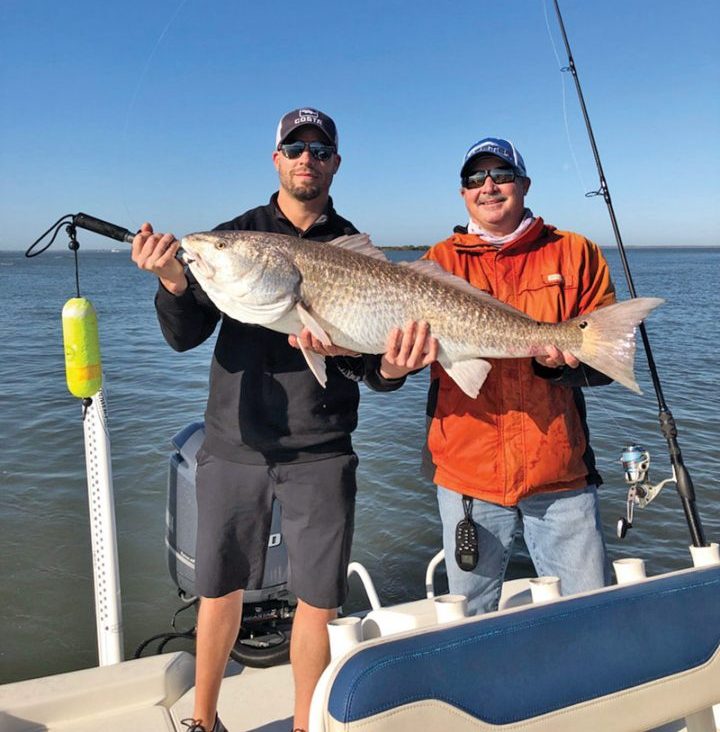
BANANA RIVER LAGOON: The Banana River Lagoon waters look to be improving. So far this year we haven’t seen any massive algae blooms, but we still have a problem in that there is no sea grasses that are growing in this body of water. We have had Caulerpa start to colonize the shallow flats in some areas, but even though this looks like a type of “grass” it is actually a type of algae. It is providing some cover for small invertebrates and crustaceans, but it isn’t “grass,” so therein lies the problem. Actual seagrass is used for cover by many of our juvenile fish, and the previously mentioned smaller critters. Seagrass is also needed for many small fish like pinfish because they graze on it as a major part of their diet during the first half of their life cycles. Of course, we can’t forget about sea cows. They need grass to survive as well. So hopefully with the improved water clarity over the past few months we will start to find areas that have actual seagrass growing in them this spring. Please do you part to help this happen and skip your spring lawn fertilizer application this year. Our lagoon will thank you for it.
PORT CANAVERAL: Anglers are looking forward to the rising water temperatures that start to happen this month. March, to many of us, means it time to look for cobia and tripletail in our near coastal waters. You can bet these will be two of the main species that I plan to focus on this month.
Cobia should be found near color changes, bait pods, and weeds or other floating debris. These “features” usually occur somewhere in the 40- to 65-foot depths outside of the Port and Cocoa Beach areas. Casting a large, brightly-colored “cobia” jig is one of the most popular ways to get these fish to strike, but if the cobia are seen following manta rays, try a topwater plug instead. I like the Rapala Xplode or Rapala Long Cast Shallow topwater plugs myself. These are great options to cast to the cobia and usually do not get snagged on the ray. Once you get the cobias attention with these large lures they will often leave the manta to pursue your plug. This is when a cobia jig can be cast to them without fear of hooking the ray. A live eel, menhaden, crab, croaker or pinfish can also be a good choice to get the cobia to strike.
Tripletail are sometimes found free swimming, but more often they are found around some form of floating debris. These “laid up” fish are suckers for a fat shrimp free-lined near them. Once the tripletail get a glimpse of the shrimp they will usually ease closer to eat it.
Closer to the beach, snook, jack, and tarpon will be the main focus. These fish are often found near the Canaveral jetties and along the outside edge of the surf break. They are feeding on croakers and menhaden. You should start to find them once the water temps at the beach get above the 70-degree mark.
Capt. Jim Ross
Fineline Fishing Charters
www.FinelineFishingCharters.com
(321) 636-3728
